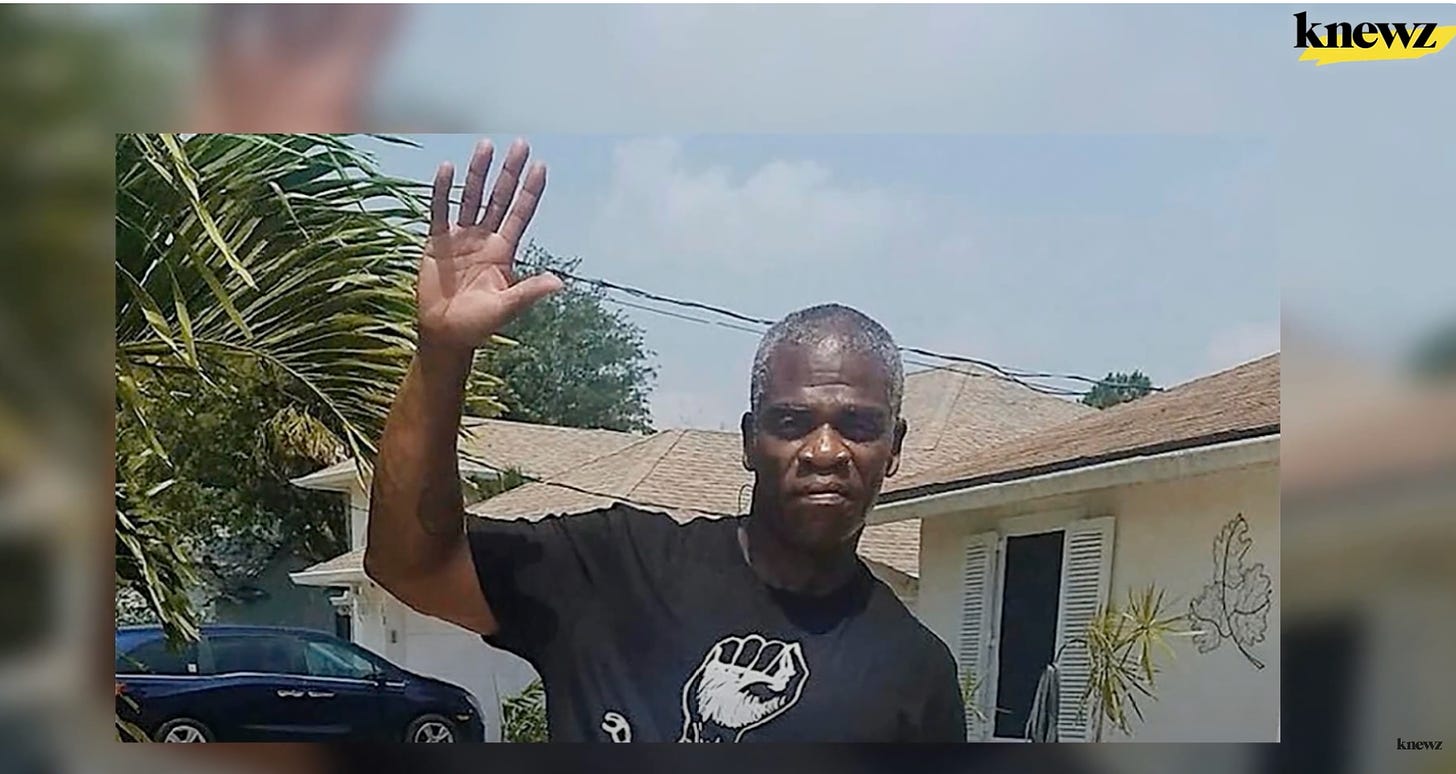The banking crisis kicked off by the demise of Silicon Valley Bank opened other crevices, ranging from the creakiness of the global financial system to the riskiness of the Fed’s approach to inflation-fighting to the infirmity of the engine of innovation that has been driven by America’s digital-tech giants for a quarter-century.
That means it’s time for CEOs to see beyond the immediate wreckage and imminent new dangers and exercise some of the main muscles of their job: strategic vision, tactical wile and a focus on how to get to a horizon that may look different than it did just a couple of months ago.
“We were on a reset path anyway, given increasing interest rates and reevaluation of tech companies that were about growth at all costs,” says Greg Cohen, CEO of Fortis, an embedded-payments company. “This is, in part, a return to business fundamentals that will favor companies that are profitable and that have a better trajectory toward profitability than toward growth at all costs.”
Among the actions company chiefs should be taking: working with their CFOs and boards to ensure the soundness of their treasury now and in the future. Another possibility is taking advantage of the new uncertainties to position their companies better in a broader sense. Chief Executive reached out to some smart CEOs, CFOs, financial experts and big thinkers for tips on managing through what some are calling a “slo-mo” financial crisis that may not be over just yet. Here’s some of what they had to say:
Buttonhole capital.
Cash preservation is important for the next few weeks and months as the economy and your company navigate a suddenly more treacherous landscape—and that was after dealing with an incipient potential recession.
“I’m encouraging all business owners to stay close to your sources of capital,” says Craig Scheef, CEO of Texas Security Bank in Dallas. “Ask your bank if it tests its own credit lines for backup liquidity and knows they’re available, and if so, what percentage of its deposits does availability of those lines represent?”
One possibility, Scheef says, is checking out cash-management platforms such as IntraFi ICS, a service that allows thousands of banks to spread out a company’s funds in increments of $249,000 to as many banks as necessary to get the amount covered by FDIC insurance in toto. The cost is roughly 15 basis points, he says.
In any event, see what your bank or banks can do. “Can you negotiate with your bank to maintain excess FDIC insurance?” asks Michael Tomasulo, senior managing partner with the Baldwin Risk Partners, a risk-management firm. “Do you carry it, and can you do it in our scenario?”
Revisit the treasury.
This includes asking your CFO to reexamine liquidity on an immediate and long-term basis, credit facilities and lines of credit, especially given that the course of the economy is still iffy—and that the current financial turmoil could send it into a recession, which the U.S. so far has skirted. “Gap analysis,” particularly probing for vulnerabilities, should be an emphasis.
“It’s an opportunity to look at risk-management procedures and to dust off policies around treasury management,” says Michael Hayes, financial services team leader for PKF O’Connor Davies accountants. “Not a finger-pointing exercise, but looking at current policies and procedures and finding points for improvement and vulnerabilities.”
Companies should always have a 13-week cash-flow forecast and consider stress-testing scenarios for how the next 13 weeks might play out. “Particularly now,” says Scheef. “The businesses we’re talking to are seeing a bit of a slowdown. What that forecast does is see around corners. If you understand how your inflows and outflows behave, it’ll show you certain things coming down the line that you can address—with the benefit of time.”
Reconsider banking relationships.
Keep lines of communication open with all your financial partners. “CEOs and CFOs should be collaborating with banks as well as their customers, investors and even regulators in order to build trust and transparency,” says PJ Gupta, CEO at startup Checkbook, a digital-payments platform backed by JPMorgan. “Nothing speaks more about a company’s efforts to support its customers in a time of crisis than clear communication from the CEO or founder.”
Diversify your banking relationships, even reaching out to alternatives, including non-bank lenders for short-term bridge loans to support critical payment needs if necessary.
Regional and community banks should also be part of that consideration, despite the stain that SVB’s overreliance on tech companies in the San Francisco Bay area has left on midsize and smaller financial institutions.
“Often these regional banks have missions that allow you to gain access to capital or other financial services,” Cohen says. “Plus, the threshold to have a ‘relationship manager’ at a large bank is very different than at a small bank. Another thing is, you can’t shop for financial services only online unless you know exactly what you want. And for guidance about all the different avenues you have for money to make money, to find ways to open new markets, you should have a relationship attached to them. You don’t know what you don’t know.”
Concludes Cohen: “It would be a bad thing for the world if there ended up being only two banks in the United States that managed everything.”
With the federal government’s backstopping of deposits and the likelihood that the bank’s loans will be purchased, some CEOs are even rallying to the failed regional institution that tripped the current calamity.
“Most of [SVB’s] services are up and running, and they are even honoring the existing loans,” says Lana Feng, CEO and cofounder of startup Huma.AI. “They really made this difficult period tolerable and showed us again why we love SVB as a startup partner. We want SVB to live on in one form or another.”
That said: “Generally, if you hear investor chatter—which drives company behavior—it’s all about a move to safety,” says Chen Amit, CEO of Tipalti, a provider of financial-automation software. “‘Safety’ is major banks at the moment, and that’s where people go. And if they came from a bank that’s at risk or not isn’t material; it’s their perceptions that are material.”
Double down on due diligence.
“CEOs and CFOs should be exploring with their bankers what the differences are between their bank and Silicon Valley Bank,” says Russ Holland, CEO of Fieldpoint Private Bank. “We prepared messaging for our clients about being well capitalized with a good liquidity position and the comparative metrics of our position with other strong banks as well as the ones that are in the news so they can see mathematically how we compare.”
Ted Gavin, managing partner of Gavin/Solomnese and former president of the American Bankruptcy Institute, advises, “CEOs and CFOs have to be active participants in banking relationships. Know your banks and what they’re invested in and what their deposits are backstopped by. It’s all readily available in reports.”
“A long-serving CEO can have an extraordinarily high level of trust in lieutenants and subordinates,” says Konrad Alt, partner and cofounder of Klaros Group advisers. “The lesson for other CEOs is, even though you’ve got great lieutenants and you trust them and have seen them handle tough situations before, you still have to bear down on their work and ask hard questions, and bear down on the exceptions. They need to pay attention, and they need to know you’re paying attention.”
The post Lessons From SVB appeared first on ChiefExecutive.net.
























































![Key Metrics for Social Media Marketing [Infographic] Key Metrics for Social Media Marketing [Infographic]](https://www.socialmediatoday.com/imgproxy/nP1lliSbrTbUmhFV6RdAz9qJZFvsstq3IG6orLUMMls/g:ce/rs:fit:770:435/bG9jYWw6Ly8vZGl2ZWltYWdlL3NvY2lhbF9tZWRpYV9yb2lfaW5vZ3JhcGhpYzIucG5n.webp)

















